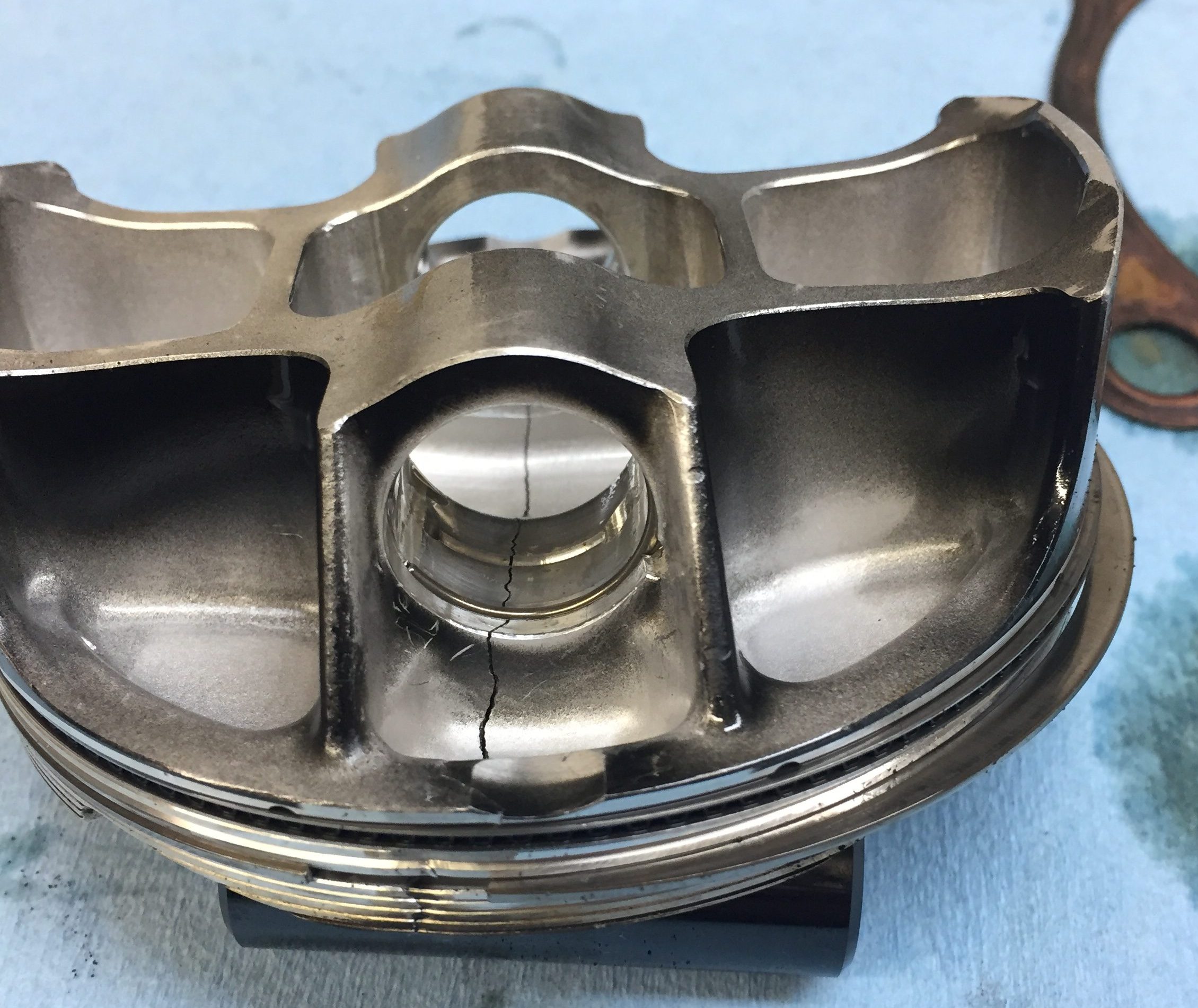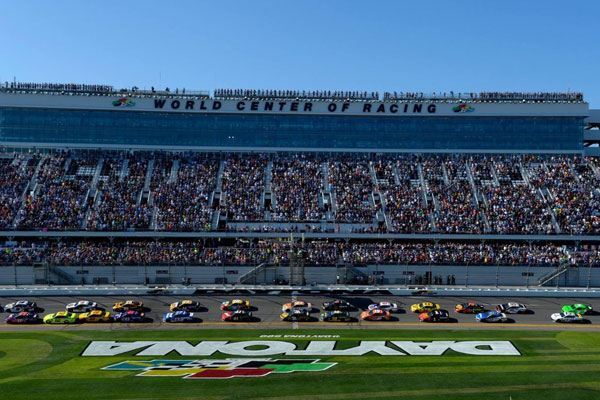How To Fix Motorcycle Engine Knock Your bike can automatically detune its engine, but there’s an easy fix. _by Eddie Hilgendorfen |May 10, 2023 Many modern motorcycles are designed to compensate for low-octane gasoline in an attempt to prevent motorcycle engine knocking. Unfortunately, the technology involved may also cause reduced performance, rough idle or […]
You are browsing archives for
Category: Motorcycles
Things to Do at Daytona Bike Week
9 Awesome Things to Do at Daytona Bike Week Ok, so you missed it.. Well it’s better without the crowds so here are some things to keep you busy in the heat. I’ll tell you what, there are a lot of chicks down there so plan for a good time. Lindsay Premo|Mar 03, 2020 10:41 […]
5 Tips for Your Next Adventure Bike Trip
5 Tips for Your Next Adventure Bike Trip Wyatt Gruben|Oct 11, 2019 8:13 AM I recently completed an adventure bike trip with my father during which we rode the Continental Divide from south to north. The purpose of the trip was to document the ride as a father-son duo and to show what the Great […]
Five reasons to use motorcycle oil in yo...
You can use Car Motor Oils in your Bike if you Add Two More Wheels. You wouldn’t want to buy a used bike if motorcycle oil wasn’t used. Impressive performance happens when you are using the right oil in the right application. Len Groom | TECHNICAL PRODUCT MANAGER, POWERSPORTS The results of a study from […]



